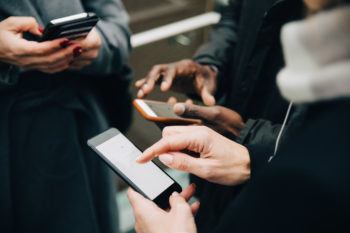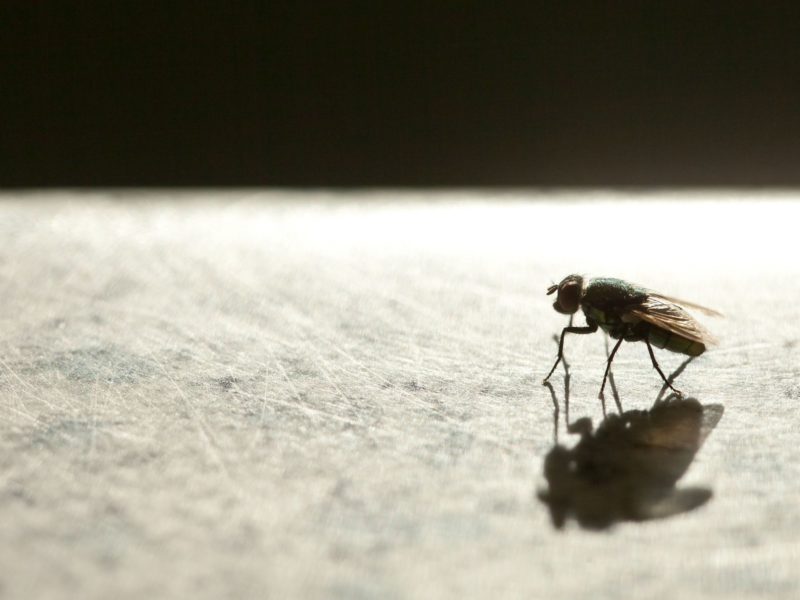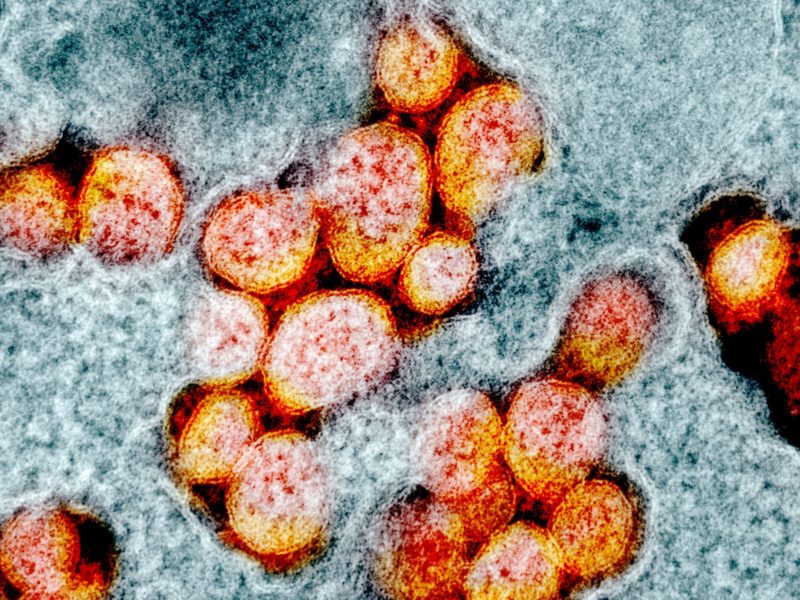Social Media And Health Communication

As the coronavirus continues to spread globally – almost 98,000 cases of COVID-19 had been confirmed as of March 5 – so too does misinformation on social media.
The World Health Organization says the outbreak has been accompanied by a massive “infodemic,” which it defines as an over-abundance of both accurate and inaccurate information. The demand for timely and trustworthy information prompted technical risk communication and social media teams from the WHO to track and respond to these myths and rumors
Lu Tang, an associate professor in the Department of Communication at Texas A&M University, researches how illnesses, health and medicine are discussed on social media, often with a focus on China. Tang discussed how people use social media to process information about infectious diseases, and how government and health officials should use channels like Twitter and Facebook to disseminate information to the public.
You’re an expert on social media and health communication. What role has social media played in how people discuss infectious diseases?
“I believe the current COVID-19 outbreak is different from any previous infectious disease epidemics or pandemics in that social media play a central role in disseminating information and providing social support to the public. Thus, it is extremely important for everybody to learn how to find credible information and identify misinformation on social media.”
Your research team studied Twitter messages during the 2015 measles outbreak. What did this research show about public opinions and responses to infectious diseases, and how people use social media to process information?
“We found that people’s discussion topics, frames they use to understand the outbreak, and emotions do change significantly during the different stages of the outbreak. Typically, during the early stage of an outbreak (like we are now with the COVID-19 outbreak in the U.S.), social media messages are filled with personal opinions, which are not very useful and often biased. Credible sources such as the Centers for Disease Control and Prevention and local health departments need to clearly communicate with the public in order to reduce the level of uncertainty. It is especially important to tell the public what are the resources available (like medical information and testing) and how the public can access and utilize such information.”
What role does social media play in the dissemination of information in Chinese culture?
“People in China rely on social media and their mobile phones just like Americans. This is especially true among young people. The main difference is that China has its own separate social media ecosystem, with Weibo comparable to Twitter, and WeChat comparable to Facebook. Chinese social media content is highly monitored and controlled by the government.”
There have been reports that Chinese social media platforms have blocked certain medical information regarding the virus, and that the Chinese government has used social media to silence people sharing information. Is this regulation typical in China?
“Yes, there is tighter information control, which is disappointing to see, since I believe transparency is the key to effective risk communication.”
In the United States, what have you observed about how people have reacted on social media as the virus has spread?
“I read in the news that there are a lot of rumors and misinformation about the COVID-19 in the U.S. social media. However, I haven’t seen it myself in using my own social media accounts. Most of the messages I saw through my accounts cite governmental sources such as the CDC.
This actually is a very important characteristic of social media: what kind of information you are exposed to is largely decided by who you follow and who you are friends with on social media. In addition, you are likely to receive similar information repeatedly from your circles of friends on social media. This is what we call the ‘echo chamber.’ Please remember, just because you hear something again and again on social media doesn’t mean it is true. It might just be the echo chamber at work.
As a result, I encourage social media users to accept the information they receive from social media with a grain of salt and actively look at mainstream media outlets for additional information. If you can find the same information from different media outlets, then it is likely to be true.”
How has social media contributed to the spread of health-related misinformation?
“Unlike traditional mainstream media such as TV and newspapers, anybody with or without any kind of credibility can post information on social media and claim it is true. So it is very likely that rumors and misinformation are abundant on social media. For instance, research has shown that at some point in the last decade anywhere between 20-50 percent of the social media posts (Twitter, Pinterest, YouTube, etc.) about vaccines are anti-vaccine.
As a result, individual users should really be careful in processing the information they get from social media. In addition to comparing social media content to traditional media that I mentioned before, individual users should also use their common sense, critical thinking skills and basic logic to evaluate the information they get from social media. For instance, the death rate of COVID-19 in the world so far, as reported by the WHO on March 5, is 3.4 percent. This means 3.4 out of 100 confirmed cases of COVID-19 will die. However, in the state of Washington, 10 deaths resulted from around 70 confirmed cases. Does this mean that the death rate is much higher in the U.S. than in the rest of the world? This sounds very scary. However, common sense and logic say probably not. It is likely that due to the delay in proper testing, there are cases in the state of Washington that have not been tested.”
How should government and health officials use social media to disseminate information to the public?
“Government and health officials need to send out consistent information about any emerging infectious diseases. When they send out conflicting information, the differences will be amplified greatly on social media. When that happens, the public will panic and lose their trust in governmental sources, and might be more likely to be influenced by rumors and misinformation.”
Media contact: Caitlin Clark, 979-458-8412, caitlinclark@tamu.edu.





